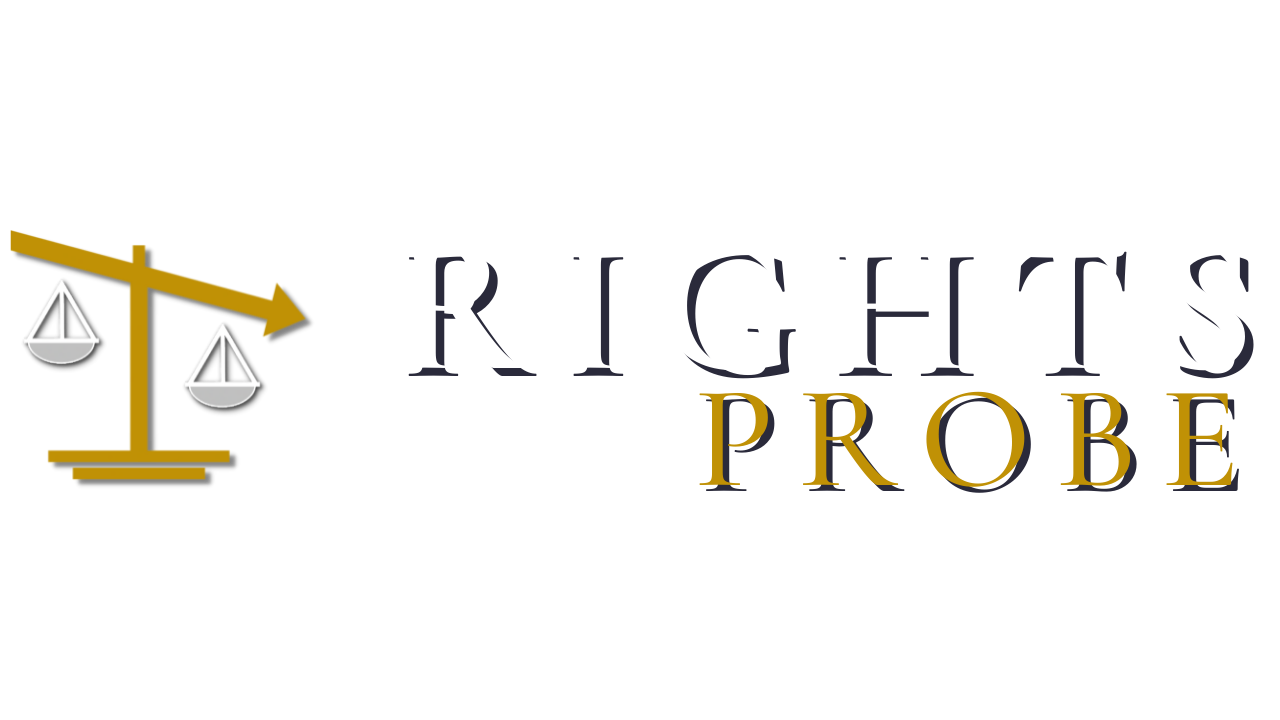The referendum goose is cooked
By Bruce Pardy | The Western Standard
It may not be apparent yet. But in Alberta, an independence referendum is verboten.
A court case is bringing this reality to light. On July 4, 2025, the Alberta Prosperity Project applied for an “initiative petition” for a constitutional referendum proposal under Alberta’s Citizen Initiative Act. The proposed referendum question was, “Do you agree that the Province of Alberta shall become a Sovereign Country and cease to be a province in Canada?”
The Chief Electoral Officer referred this question to the Alberta Court of King’s Bench, as he is empowered to do under the Act. He did so because, under section 2(4) of the Act, a proposal “must not contravene sections 1 to 35.1 of the Constitution Act, 1982.”
Sections 1 to 34 constitute the Charter of Rights and Freedoms. Sections 35 and 35.1 relate to Aboriginal rights, the most important of which “recognizes and affirms” existing Aboriginal and treaty rights.
The APP made a motion to strike the court proceedings. On August 14, 2025, Justice Colin Feasby dismissed that motion. The court will hear the case to determine if the referendum question complies with section 2(4). On September 24, the court approved five Aboriginal groups as intervenors in the case, who will argue why the proposed referendum is prohibited under section 2(4). The court also appointed two amici curiae (“friends of the court”), Edmonton lawyer Matthew Woodley and University of Alberta law professor Eric Adams, to make the argument against allowing the question. The hearing will take place in November, with the decision expected in early 2026.
This is a made-in-Alberta obstacle. The federal government is not involved in the case. No federal laws are relevant. The Court is not considering whether Alberta has a route to separate from Canada, legally and constitutionally. It does. The Alberta Court is not examining whether the proposed referendum question meets the requirements laid out by the Supreme Court of Canada or in the federal Clarity Act. The cause of this little circus is not even the Charter itself. Alberta’s own statute is the problem.
What does section 2(4) of the Citizen Initiative Act mean? When does a referendum question “contravene” the Charter and Aboriginal rights? The simple answer is, when the referendum proposes to do away with them.
To become independent means to leave your country and its constitution behind. Separation entails “clear repudiation of the existing constitutional order”, said the Supreme Court of Canada in its 1998 Reference case decision about Quebec. The Charter applies to “Parliament and the government of Canada” and “the legislature and government of each province”. An independent Alberta would not be a province and not part of Canada. The Charter and section 35 would not apply. Albertans would have no Canadian constitutional rights to enforce. An independent Alberta would determine its own constitutional architecture, and the extent to which, if at all, it recognized special status for Aboriginal peoples. To separate, by definition, is to contravene the Canadian Constitution.
Is there a way around section 2(4)? Probably not. But let’s say that at the hearing, the APP promised the Court that the new Alberta would honour and reproduce Charter and Aboriginal rights in its own constitution. Even then, these new constitutional provisions would be Alberta’s, not Canada’s. Alberta courts, not Canadian courts, would interpret and apply them.
The Canadian Charter and section 35 would still not apply to Alberta. Section 2(4) would still be contravened. But the Court might see it differently. If the judge were to accept the APP’s undertaking, he could make Alberta’s independence conditional on that promise. The Court could tie Alberta’s hands in its negotiations. It could prevent Alberta from developing a new constitution of its own design, instead obliging Alberta to keep the Canadian model. That would defeat the purpose of becoming independent. A successful referendum would become a Pyrrhic victory.
The villain here is the Alberta statute, and by extension, the Alberta government. Either inadvertently or on purpose, it is leading its own people down the garden path. The government and legislature could easily amend the Citizen Initiative Act to change or remove section 2(4).
Or the government could initiate an independence referendum of its own, which it would do under the Alberta Referendum Act (which applies to government referenda). Except that –surprise! – the Referendum Act contains a restriction of its own. Nothing in a government referendum, it says, can abrogate from Aboriginal rights under section 35 of the Canadian Constitution, 1982. Like the Citizen Initiative Act, the Referendum Act is rigged. It prevents Alberta from starting fresh as an independent country with a new constitution of its own design.
The Alberta government and legislature could amend this provision as well. If they wanted to.
In the APP proceeding, the Court is likely to come to one of two conclusions. It could decide that under the Citizen Initiative Act, no citizen may initiate a referendum proposing to separate from Canada. Or it might conclude that such a referendum may be held, but that an independent Alberta must adopt and honour Aboriginal rights and the Charter, as they exist in the Canadian Constitution. Either way, Alberta would lack a mandate to forge its own path.
Unless the Alberta government amends its own legislation, the referendum goose is cooked. Time for Plan B.
Bruce Pardy is executive director of Rights Probe and Professor of Law at Queen’s University.
For the original version of this commentary, see the publisher’s website here.
